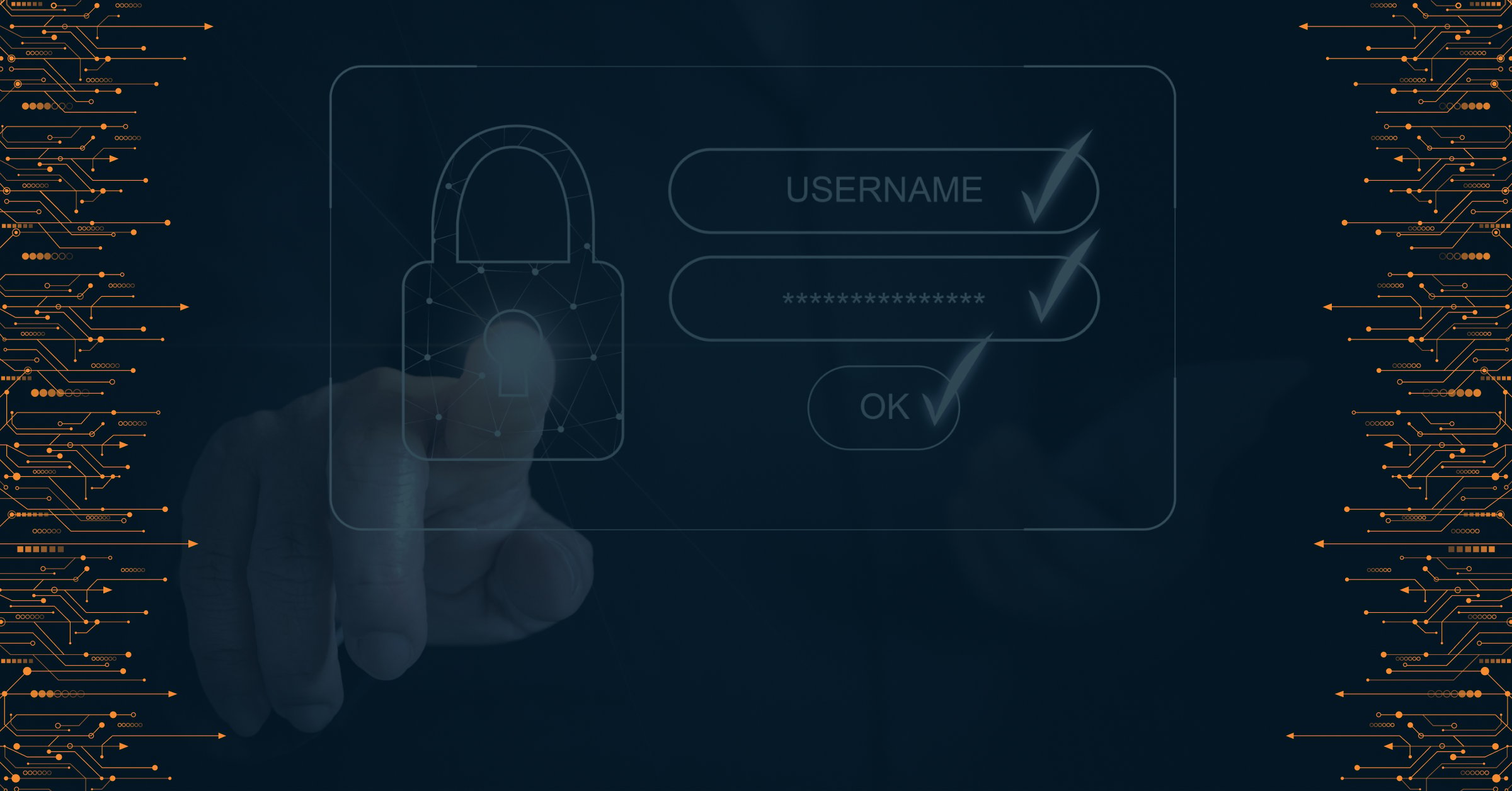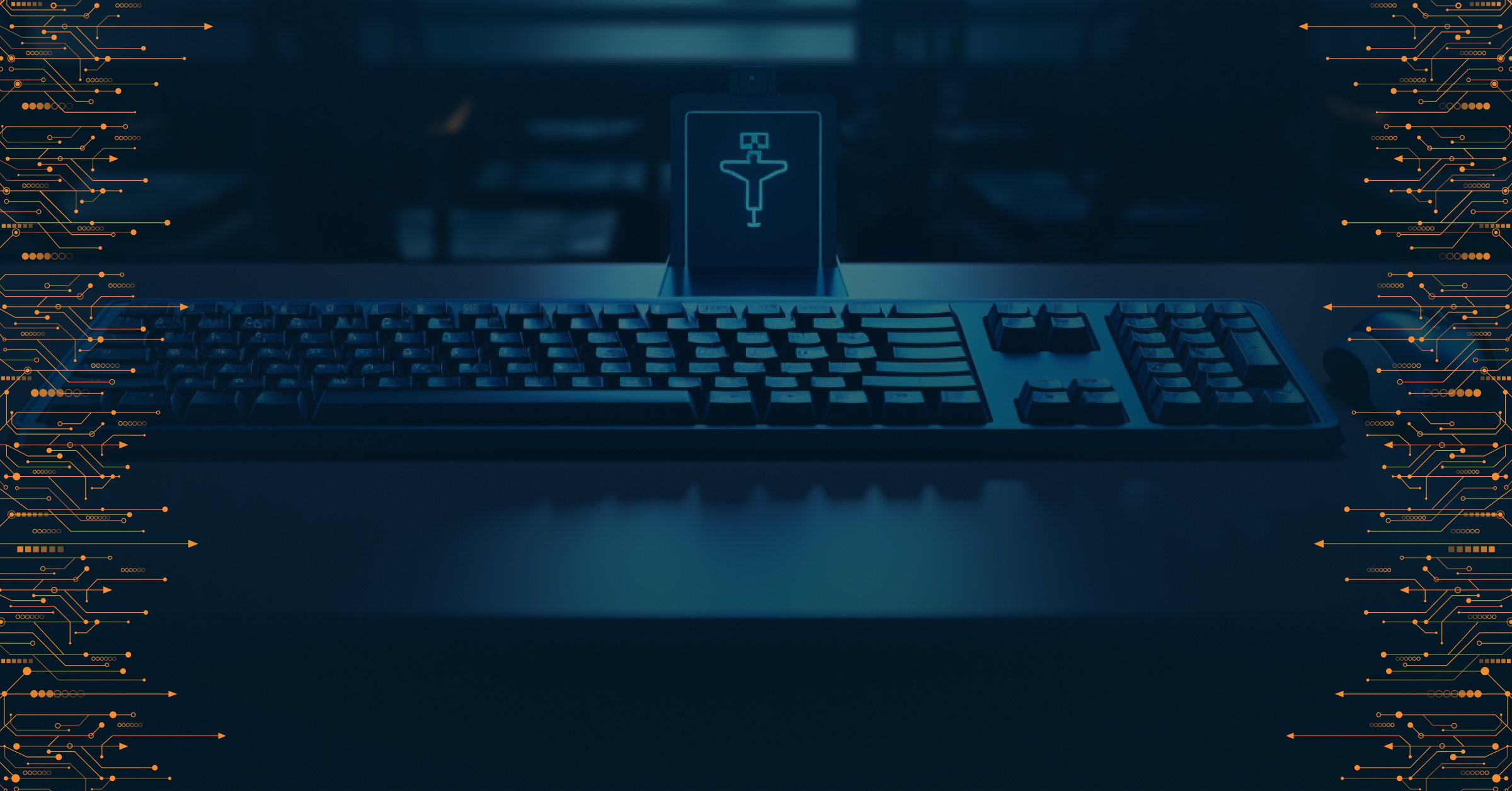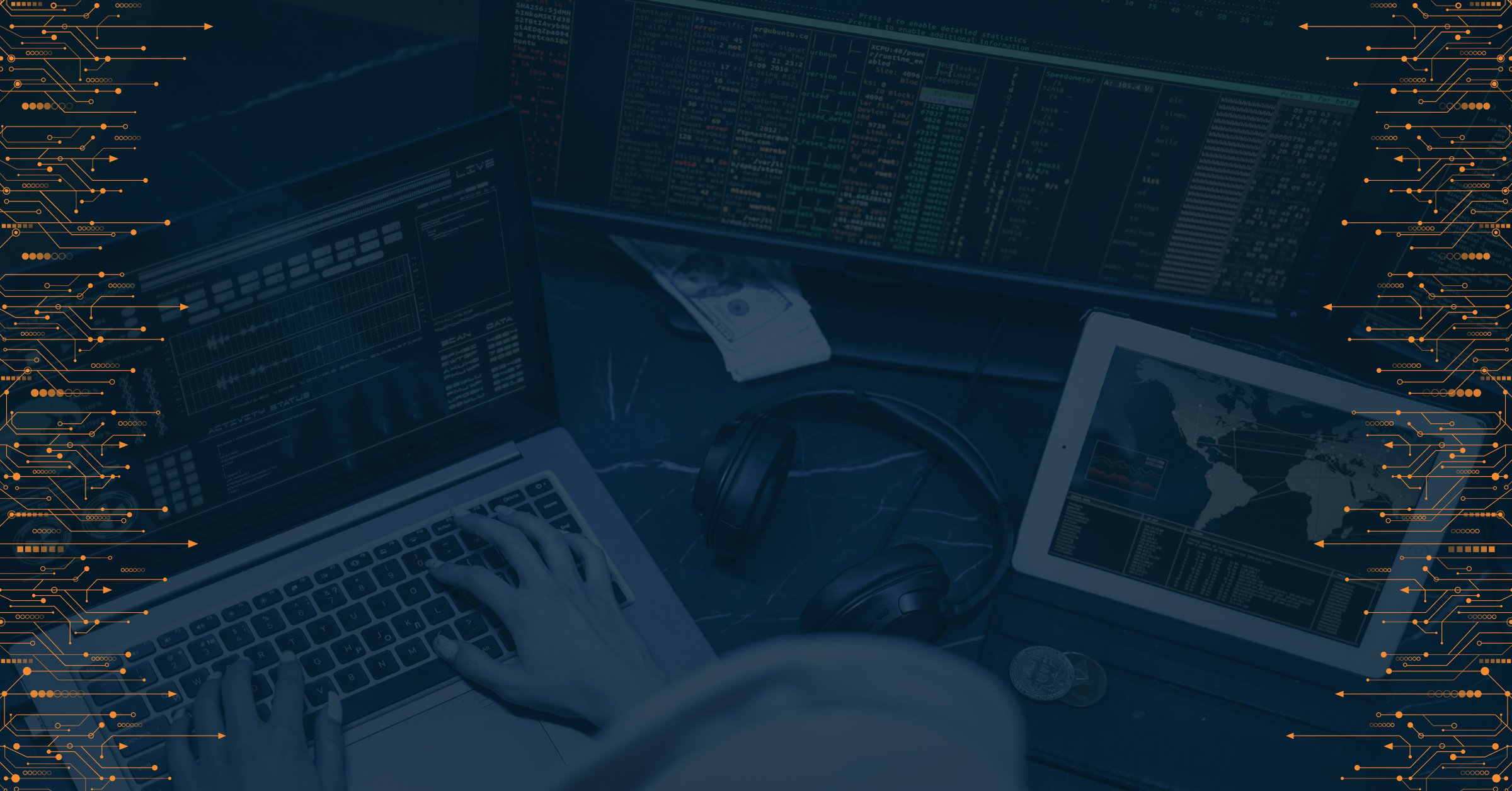Use real-world threat intelligence data to inform your risk management strategy
Executive leadership teams usually treat threat intelligence and risk management as two completely separate disciplines. However, the two share many similarities and can complement one another in important ways.
Accurate and timely threat intelligence informs security decision-making by providing in-depth data on the threats and risks impacting the organization. Comprehensive risk management frameworks provide a structured approach for identifying and mitigating business risks proactively.
Around the world, executive leaders are increasingly coming to the same conclusion: Cybersecurity risks are business risks.
This means that managing the organization’s exposure to security-related disruptions is critical to its leaders’ agenda. Customers, users, and stakeholders want to know the organization is aware of its exposure to security risks and capable of taking steps to mitigate them.
The Value of Intelligence-Risk Collaboration
Effective collaboration between risk management and threat intelligence teams can produce wide-ranging impacts on operational security, business continuity, and the risk resilience of individual projects.
The benefits range from small-but-meaningful optimizations in security workflows to transformative changes in the way leaders and key stakeholders communicate about risk. Some examples of these advantages include:
- Prioritizing software updates based on threat actor tactics and newly discovered software vulnerabilities.
- Proactively identifying supply chain risks targeting software developers and other users who interact directly with business applications.
- Transferring ransomware risk by purchasing cyber insurance policies – without overspending on unnecessary coverage.
These are just a few possibilities that open up when executives treat cybersecurity risks as business risks and take steps to unify threat intelligence with risk management. However, achieving operational synergy between two separate disciplines does come with challenges.
Why Isn’t Threat Intelligence Already Part of Risk Management?
Most business leaders would agree that data on emerging cybersecurity threats is important for accurate risk management. From a high-level perspective, it simply makes sense that the organization won’t be able to achieve its strategic goals if the confidentiality, integrity, or availability of business assets is compromised.
But the two disciplines are quite different on an operational level. They require different skill sets and reward job candidates from different backgrounds:
- Threat intelligence professionals typically come from an operational security background. They understand threat actor tools, techniques, and procedures (TTPs) and the technical tools used to detect threats on protected networks. However, they don’t typically have a big-picture understanding of organizational risk tolerance, auditing procedures, and the quantification of risk impact.
- Risk management professionals may come from leadership, project management, or compliance backgrounds. They understand how to assess many different types of risk and quantify those risks into specific outcomes. They don’t often benefit from hands-on operational security training or in-depth visibility into threat actor activities.
These differences can present steep challenges for leaders who wish to use threat intelligence data to inform risk management workflows. However, security teams can achieve these results without fully training risk management professionals on threat intelligence (and vice versa).
Operationalizing threat intelligence data in a risk management context only requires each team to gain familiarity with the tools and techniques used by the other. Both teams need access to the same data and a sufficiently advanced framework for communicating their insights with one another.
Introducing BLINDSPOT: AI-Enriched Risk Intelligence in Real-Time
BLINDSPOT is a next-generation risk intelligence platform that provides users with comprehensive assessments of the organization’s risk profile. It captures in-depth data from across the network and matches it to observed threat activity in real-time, giving security teams and risk management professionals the upper hand when calculating risk.
BLINDSPOT allows risk management and security professionals to collaborate seamlessly, providing detailed coverage of the risks associated with observed threat actor behaviors. This approach unlocks the value of threat intelligence in five key ways:
- Real-time risk assessment. AI-enhanced detection algorithms help security professionals identify the root cause of active attacks and provide valuable support to analysts and supply chain owners.
- Threat landscape analysis. Known threat actor groups have specialized identifiers making them instantly visible in the system. Security and risk management professionals can instantly see where threats to the organization are coming from – and what motivations threat actors may have.
- Holistic exploit comprehension. You can’t protect assets if you don’t know what threat actors are doing to target them. BLINDSPOT maps out connections between threat actor behaviors and organizational weak points exposed to cyberattacks.
- Accurate, up-to-date context. Every risk value presented in BLINDSPOT comes with detailed information explaining how and why this threat represents a business risk. Contextual risk values make incoming alerts immediately actionable.
- Distributed early warnings. BLINDSPOT issues early warning alerts regarding future attacks, providing key stakeholders with the information they need to block unauthorized activity. The platform has been shown to warn users of upcoming extortion an average of two weeks before it takes place.
Make Your Organization More Resilient to Risk
Executive leaders face deeper scrutiny of security decisions and events than ever before. Shareholders and board members are starting to hold leaders accountable for emerging risks regardless of how foreseeable the actual security event may be.
At the same time, risks are becoming increasingly interconnected. Every individual risk is influenced by a huge number of unpredictable factors – from geopolitics and macroeconomics to healthcare and climate change – alongside the more traditional factors risk management professionals are used to.
As a discipline, risk management needs to evolve to meet these new challenges. Incorporating threat intelligence into its processes is one way to expand risk functions and gain visibility into an important aspect of operational success.
Supporting risk management functions with accurate, high-quality data helps leaders become more proactive and better equipped to address upcoming threats and disruptions. In today’s threat landscape, every decision has a risk impact, and security risks are a critical part of that equation.
PRODAFT is a risk intelligence vendor that provides organizations with solutions for predicting security incidents and calculating their risk impact. Find out how you can leverage BLINDSPOT to unify threat intelligence with risk management and make your entire supply chain more resilient to cyberattacks.

PRODAFT Team
Stay up to date
Browse Posts
Browse by topics
- Cybercrime awareness (15)
- Cybersecurity for Businesses (10)
- Risk management (7)
- Cybersecurity Tips (6)
- Digital safety (6)
- Proactive Threat Intelligence (6)
- Cyber threat protection (5)
- Cyberattacks (5)
- Risk intelligence (5)
- Threat Prevention (5)
- Data Protection (4)
- Network Security (4)
- Phishing (4)
- Supply chain risks (4)
- TTPs (4)
- Artificial intelligence (3)
- Critical network infrastructures (3)
- Malicious websites (3)
- Malware (3)
- Social engineering (3)
- Data breaches (2)
- Insider Threats (2)
- NIS2 Directive (2)
- Ransomware (2)
- CISOs (1)
- Cryptocurrencies (1)
- Cyber espionage (1)
- Cyber extortion (1)
- Cyber fraud (1)
- Cybersecurity Collaboration (1)
- DDoS Attacks (1)
- Deepfakes (1)
- DoS Attacks (1)
- Fake social media (1)
- Incident Response (1)
- Internet of things (1)
- Money Laundering (1)
- Multi-factor authentication (1)
- One-day vulnerability (1)
- Remote Work (1)
- Stealers (1)
- SystemBC (1)
- The Cyber kill chain (1)
- Threat Intelligence solutions (1)
- Tor browser (1)
- Traffic Distribution System (1)
- Zero-day vulnerability (1)
- dark web (1)
- deep web (1)
- keyloggers (1)
- social media (1)
- spoofing (1)
- threat detection (1)




















